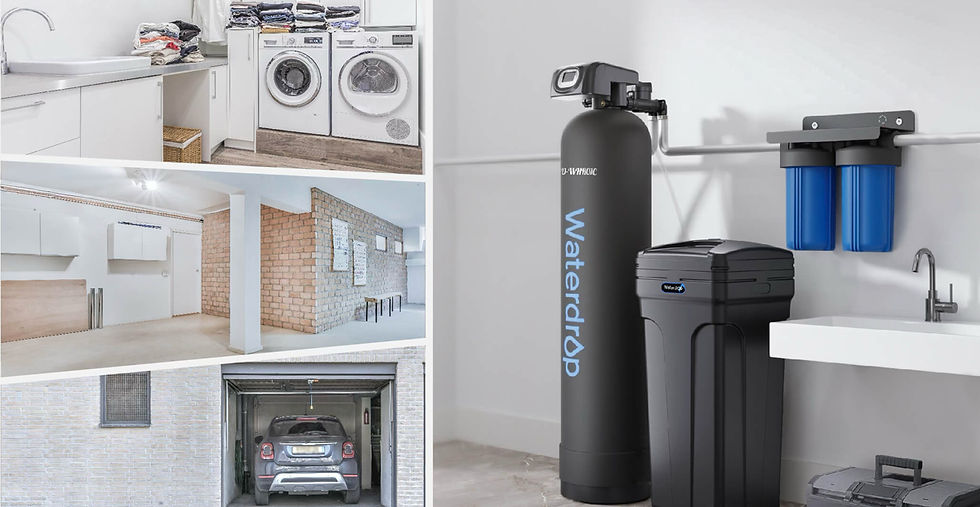Signs you've been using the wrong size of HVAC
- Brian Harm
.jpg/v1/fill/w_320,h_320/file.jpg)
- Mar 3, 2020
- 3 min read

Key factors among them the size of the house and energy requirements take precedence in determining the right size HVAC system. It is, therefore critical that homeowners engage professional heating system installers early on for guidance on the right sized system for your home. Note that having a system too large or too small for your household is highly inconveniencing. It not only leads to uncomfortable energy levels but may also force an increase in energy bills. How then do you tell if you have been using the wrong size HVAC for your home? Here are a few tips:
1. Continuous running and overheating
Ideally, a system that matches your household’s heating and cooling requirements should run for short periods of time within which it satisfies the thermostat settings. Having a heater that is constantly running to the point of overheating is, therefore, a sign of a small sized system that that doesn’t match the homes heating needs. The constant overheating also impacts the unit’s quality of service and the air regulation capabilities of the small system.
2. Constant breakdown
Having a heating and cooling system that keeps breaking down and calling for different kinds of repair is also a sign of an inappropriately-sized heater. The breakdowns stem from the constant running and overheating that exerts a lot of pressure on the system. The constant demand for repairs is particularly common with small systems that struggle to meet the demands of the different rooms within the household. Keeping tabs with the systems need for repairs and maintenance can, therefore, come in handy in determining whether you have been using the wrong HVAC size.
3. Uneven heat regulation around the house
When determining the appropriate size of HVAC system for your house, most professional take into consideration such aspects of the home as the square footage and the number of heat emitting appliances around as well as the home’s natural ventilation. Without taking these factors into consideration, you risk installing a system that is unable to meet the heating requirements of the house. The inability to adequately heat or cool the home by a small system is evidenced by the uneven heat around the house with some rooms being too cold or too hot.
4. The system shuts and starts in close successions
A heating system that perfectly matches the household’s thermoregulation needs runs until it hits the recommended thermostat settings. However, installing a relatively large system defeats this norm by closing and starting regularly. Its large nature ensures that the heating unit achieves the desired heating settings too quickly with most shutting as soon as they start. The short and successive shut and start episodes increase the system’s wear and tear thus reducing its useful life.
5. An increased humidity of indoor air
A heating unit doesn’t just warm the home’s indoor air, it also draws out moisture and condenses it before letting it out of the system in the form of water. The fact that a large heating system closes as soon as it opens means that it doesn’t allow for the condensation of the moisture and its condensation. The moisture is, therefore, recirculated back into the house and thereby contributing to the constant shutting and closing of the system.
Bottom line
There is more to installing a heating and cooling system for your home than just shopping for the most popular brand. Consult a professional installer and have them take into consideration such facts as your home’s square feet, the type and extent of ventilation as well as other factors limiting energy consumption. This goes a long way in helping you avoid such dangers of living with the wrong size HVAC like constant breakdowns and uneven thermoregulation around the house.






Comments